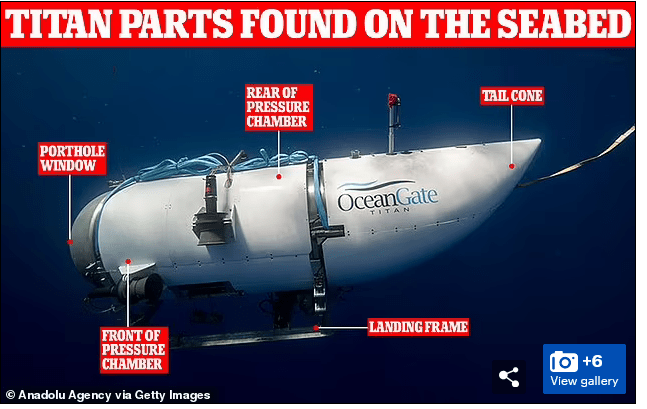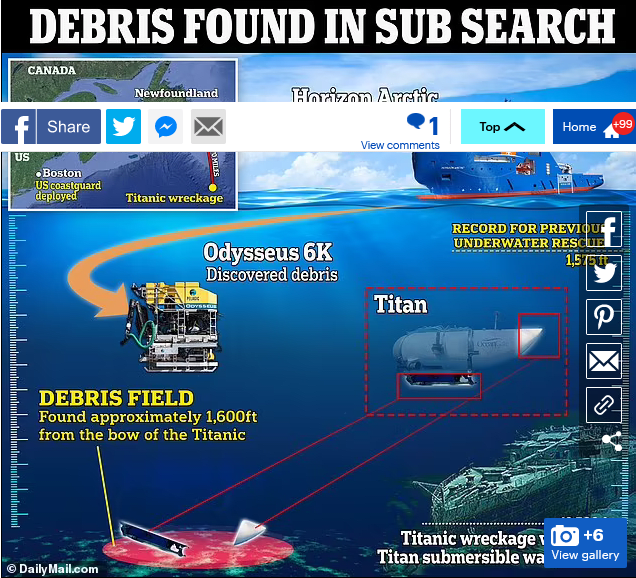waross
Electrical
- Jan 7, 2006
- 27,879
They wouldn't have time to say;
"Oh sh#t"
RIP
--------------------
Ohm's law
Not just a good idea;
It's the LAW!
"Oh sh#t"
RIP
--------------------
Ohm's law
Not just a good idea;
It's the LAW!
Follow along with the video below to see how to install our site as a web app on your home screen.
Note: This feature may not be available in some browsers.
TugboatEng said:That is my thought as well. They said it broke into 5 major pieces. That would be 2 end caps, the tail section, the landing struts, and the cylinder. For all of these things to separate I believe the cylinder they're all attached to would have to fail.
FacEngrPE said:Shells under external pressure are often buckling critical long before they reach the material compression limit.
ASME code may be considered overly conservative, but you really really do not want to operate near the structural buckling limit in any design.
![[upsidedown] [upsidedown] [upsidedown]](/data/assets/smilies/upsidedown.gif) )
)Quote said:If the viewport failed first, wouldn't the sudden in-rush of water at 400 atmospheres over-pressure lead to some dramatic "water hammer" effects


